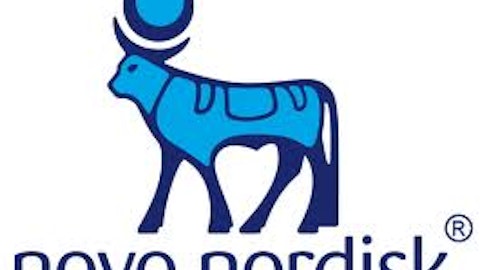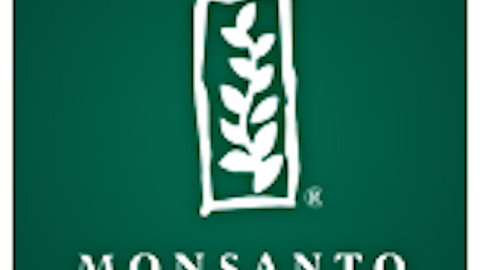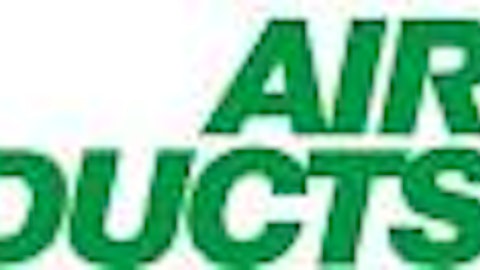It was only a matter of time. Last month BASF Se-spon Adr (OTCBB:BASFY), the world’s largest chemical company, announced three separate developments that will thrust it from being a mediocre player in industrial enzymes to a dominant force. BASF Se-spon Adr (OTCBB:BASFY) acquired Henkel’s detergent enzyme technology, licensed the C1 biotechnology platform from Dyadic, and befriended Direvo Industrial Biotechnology from Germany for a next-generation animal feed enzyme.
The company will now compete more readily with industry leaders Novozymes from Novo Nordisk A/S (ADR) (NYSE:NVO) and Genencor from DuPont Fabros Technology, Inc. (NYSE:DFT). However, the biggest effects could be felt at Codexis, Inc. (NASDAQ:CDXS), which has also licensed the cutting-edge host organism from Dyadic. Will BASF Se-spon Adr (OTCBB:BASFY)’s push into industrial enzymes, specifically using the C1 platform, vindicate Codexis, Inc. (NASDAQ:CDXS) or shove it out of the way?
Why Dyadic?
There are numerous advantages to the C1 platform that make it an easy choice. First is the host organism itself, the fungus Chrysosporium lucknowense, for which the platform is named. (Fungi are responsible for breaking down cellulose in nature, thus making them optimal commercialization targets.) Novozymes and Genencor utilize Trichoderma fungi and both feel entitled to enzymes developed from the microbes. Simply Google “Genencor Novozymes lawsuit” to see the pile of legal battles fought over their similar technology platforms in the past decade.

These little guys are enabling the first commercial-scale production of cellulosic chemicals across the world. Source: Wikimedia Commons
Dyadic’s novel host organism is openly licensed, which has thus far skirted costly courtroom appearances. Additionally, the enzymes produced from its spores have demonstrated superior performance at wider ranges of pH and temperatures. It is also equipped with better genomic tools and — as if it couldn’t get better — has shorter filaments, which yield significant benefits for large-scale commercial production of enzymes (less viscous, better flow).
Dyadic also lets licensees produce enzymes wherever they want, whereas Novozymes and Genencor insist on shipping bags of enzymes to customers on a contract basis. That is particularly bad news in the enzyme business, where enzyme activity and efficiency can be greatly impaired the longer a product sits on the shelf (or in a rail car). No wonder Dyadic has courted world-class companies such as Codexis, Inc. (NASDAQ:CDXS), Abengoa, Sanofi-Pastuer, and BASF Se-spon Adr (OTCBB:BASFY) for applications in biofuels, pharmaceutical intermediates, animal health, nutrition, biopharmaceutical production, paper products, and more.
How does this affect Codexis?
Codexis, Inc. (NASDAQ:CDXS) was among the first companies to license the C1 platform and has turned the potential into performance — likely turning others onto the possibilities. The company has dramatically improved efficiency and lowered manufacturing costs since developing its first strain for CodeXyme cellulase enzyme production in early 2009.





